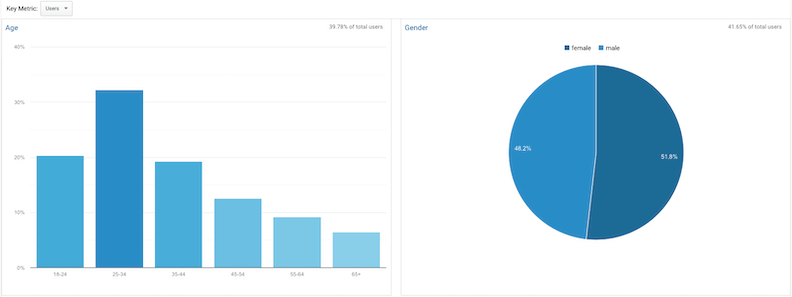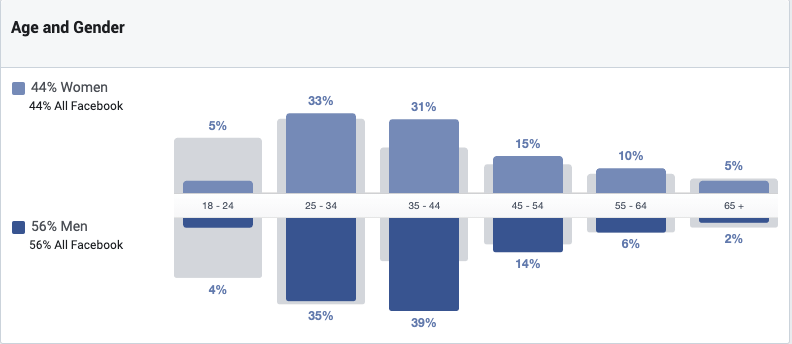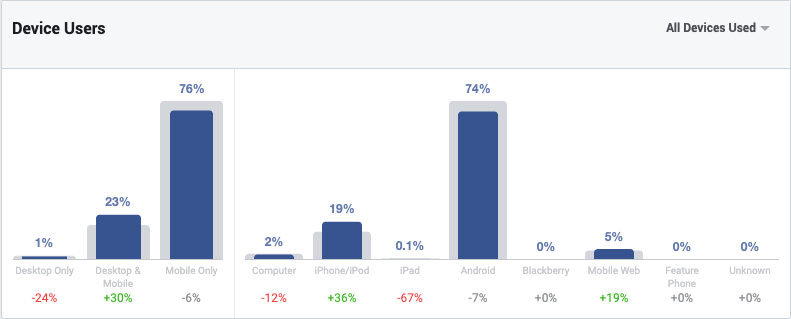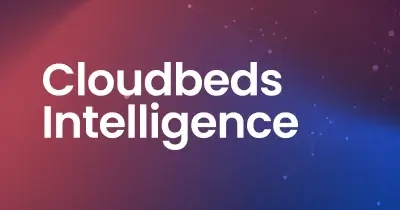
By Cloudbeds
Understanding your hotel’s target market is the first step before providing an exceptional guest experience and a decisive factor in your marketing and revenue management strategy. Experienced hoteliers and hosts know by heart what motivates their guests to book and what it is about their property or location that many find compelling.
This information can be sourced in many different ways. For example, you can use an advanced CRM system or hotel industry tools which nowadays are within reach of all properties, from small hostels and boutiques to luxury hotel chains.
Here are 5 quick tools you can use to identify their property’s target market.
1. Pre and post-stay surveys
Your hotel customers are the best source of qualified information. You can send pre-check-in and post-check-out guest surveys with guest engagement software to see if a guest enjoyed their stay and other key pieces of information to help drive your future marketing and hotel sales strategy.
For example, you could ask them:
- The purpose of their trip
- What’s their booking window, i.e., the time between placing a booking and the stay
- How long is their stay
- Why they will (or will not) come back
- What activities they would like to do/did
- What they didn’t get to do
- Where they ate
Understanding the nature of your guests’ trips will help you offer tailored deals and experiences to future guests. Perhaps your boutique hotel attracts foodies because your city is filled with world-class restaurants. If this is true, you can offer guests exclusive deals or experiences with a few restaurants to entice them to stay with you. On the surface, target deals and offers seem simple, but you must dig into the data to determine what your guests want. Good surveys with well-written questions can help you get the information you need to drive your hotel marketing efforts and improve the guest experience.
2. Online reviews
Your property’s online reviews on sites like Tripadvisor or Google are another place to look for valuable information. Guests always mention things they liked, disliked, and what could have been better. Use this information to your advantage and tailor experiences around their commentary. Check your reviews reporting on major OTAs like Booking.com for more insights.
For example, in this review for Tower23 in Pacific Beach, California, the guest mentions the free beach cruisers, surfboards, and skateboards. Those extra amenities are a nice touch, especially considering the hotel’s location on the beachside boardwalk. The hotel knows the beach draws a lot of people to their property. They capitalize on their unique offering and add upgrades that many hotels do not. While your property might not be oceanfront, there are many ways you can tap into your guests’ interests through reviews. Maybe you’re near museums or famous landmarks. If so, you can offer pass deals or local information. Or perhaps you attract the adventurous type who wants experiences tailored to thrilling activities.
Use all your reviews (positive, negative, or neutral) to find what matters most to your guests. You probably know the saying, “you don’t know what you don’t know,” and your reviews can help you identify those unknowns. There are hundreds of different types of travelers (from corporate travelers and leisure travelers to luxury travelers or budget-conscious travelers), and that’s a great thing. Everyone has different expectations and interests vary, but it helps to categorize what your guests care about. After you understand their needs, you can better target them.
3. Google Analytics
Google Analytics is an extremely useful tool in digital marketing for attracting potential guests, and you should have it installed on your hotel website. If you don’t have it installed, you should stop reading this and do it! You can find a step-by-step video guide here. Within the Google Analytics dashboard, you can navigate to “Audience” on the left-hand side and find valuable information about customer segments such as age demographics, gender, interests, location, devices used to browse your site, and more.
This information can help you target ads and deals to the people in specific markets.


For example, imagine you own the Southern California property mentioned above. Let’s pretend the majority of your website visitors are millennials from Kansas. Now, if that’s the case, you need to find ways to get this demographic to visit you. During the winter months, when snow and freezing temperatures have taken over the Midwest, a campaign featuring escapism and warm sunny beaches might be a good idea.
Or, let’s say you discover that your website is getting many visitors from Spain or visitors using a web browser set to Spanish. You may be missing out on international direct bookings because your website is not translated into Spanish. This data can provide evidence to create new marketing campaigns, such as localizing existing content or producing content tailored to potential customers to increase conversion rates.
These examples are basic, but understanding when and where your online traffic is coming from can help you create meaningful experiences for your guests.
Google Analytics will also reveal demographic and gender information. They provide what percentage of your traffic comes from male/female and segment them into age brackets. Use this data to create an effective marketing strategy.
You want to create content people are looking for and want to see. Use your knowledge of the keywords your guests already use to find your property online to create more content around the topics they are interested in. You can also use a free keyword tool to see which keywords are related to the ones you already rank for.
Say you’re a Southern California hotel. If your organic keywords include “beach,” “winter escape,” and “vacation,” target your deals and offers around those things. Or, if you have a ski lodge and your keywords include “ski” related topics, you know your website content is working.
All of Google’s tools can help you lock down who belongs to your target audience.
4. Facebook Insights
Social media channels, especially Facebook’s page insights, are another great place to look for data. With over a billion people on the platform, Facebook has done a great job of helping marketers target groups of people. If you navigate to your page and click “Insights” on the top navigation, you’ll be taken to a dashboard. On the left-hand side, you’ll see a vertical list. Click ‘People’ at the end of the page.


You’ll then be taken to a screen showing a snapshot of people who like your page. It includes what percentage are men and women and what country, city, and language they speak. All this information is helpful in the same way Google Analytics is. For example, let’s say your followers are all from Brazil. What deals and offers can you promote to entice that group of people to stay with you?
5. Instagram Insights
Not only a great platform to promote your hotel, but Instagram is also a valuable source of audience insights. If you have more than 100 followers, access your Instagram Insights to see how your account performs and your followers’ demographics.
The first page of your account’s Insights will provide an overview of the data in the last 7-days. Scroll down to see your content’s performance metrics (impressions, reach, profile views, etc.), and scroll further down to access your audience demographics. You’ll be able to see your followers’ age, gender, location (cities and countries), and online times.
Hotel target market segments
As you look into your existing data from different sources, you will start to see similarities. Use these similarities to understand what your guests want, and then give it to them. As soon as you understand who you’re marketing to, it will be much easier to dial into what’s relevant to them. In a previous post, we identified 10 Types of Hotel Guests, with these target market examples popular in the hotel business:
Demographical segmentation: the Gen Z traveler, the family with young children, the boomer traveler
Traveling style segmentation: the solo traveller, the conscious (green) traveler, the Luxury Seeker
Stay segmentation: the business traveler, the vacationer, the digital nomad




















